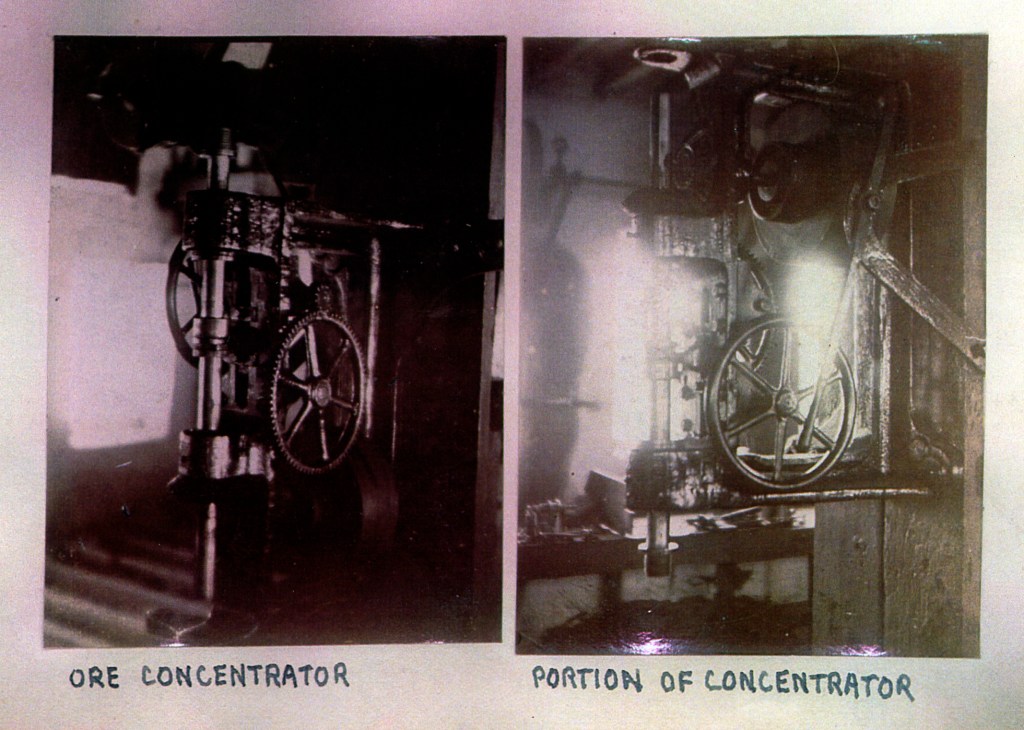
It’s not just what we remember that’s important, but what is remembered about us. How do we achieve immortality? Is it through our genes as they are passed down? Why is it that sometimes we can feel so close to ancestors we have never even met? Our director, Anna Dumitriu has attempted to trace a genetic link to between her family history and her art-science practice.

The inspiration behind the Institute of Unnecessary Research is Anna Dumitriu’s great grandfather Henry James Snell 1842-1927. He was a renowned stained glass and ceramic painter (with studios in London and Brighton), a playwright and a songwriter (and father of seventeen children with three different women). Five of his books of plays, poems and enamel painting techniques can be found in the British Library rare books collection and he was known to have painted over three thousand stained glass windows.

Whilst investigating the properties of enamel painting he found he was able to extract silver. This lead to further experiments into methods of extracting gold from seawater. Nobel prize winner Sir William Ramsey was retained by a syndicate, called the Industrial and Engineering Trust (Limited), to develop H J Snell’s work. Shareholders included Lord Brassey, Lord Tweedale, Hon. Alban Gibbs, several manufacturers and Albert Sandeman, foremost owner of the Bank of England. The syndicate had the modest capital of £3,000 in £1 shares.

Ramsey made experiments and stated in a formal report that “there is no doubt Snell has proved that gold can profitably be obtained from sea water on a large scale, and the amount of the gold obtained is so large that whether the cost of the treatment is £1 a ton or even the outside figure of £8 a ton, which it could not exceed, it would not make very much difference.”

This research was unnecessary because the cost of electricity required to undertake the work would actually have been more than the gold that could be extracted by those means. If on the other hand nuclear fusion was possible, or green energy was used, it would be a relatively easy process, potentially leading to a crash in world gold prices and of course global economic disruption (especially at the time of the experiments when the gold standard was in practice). This has many parallels with contemporary cryptocurrency mining and blockchain technologies and a new artwork to explore this aspect of the story is currently being developed by Anna Dumitriu and Alex May.

Anna Dumitriu originally spoke about H J Snell’s experiments in her talk “Science and Art – A Genetic Link?” at the Catalyst Club in Brighton on 21st February 2006, and later that year published an article in Aesthetica Magazine on the subject.

Also in 2006 she created a performative intervention “Putting Back Henry’s Gold” where she hired a boat from Brighton Marina, went out to sea and poured 24 carat gold dust into the water. The work can be seen as a reaction to the extraction of natural resources and its economic impact.

